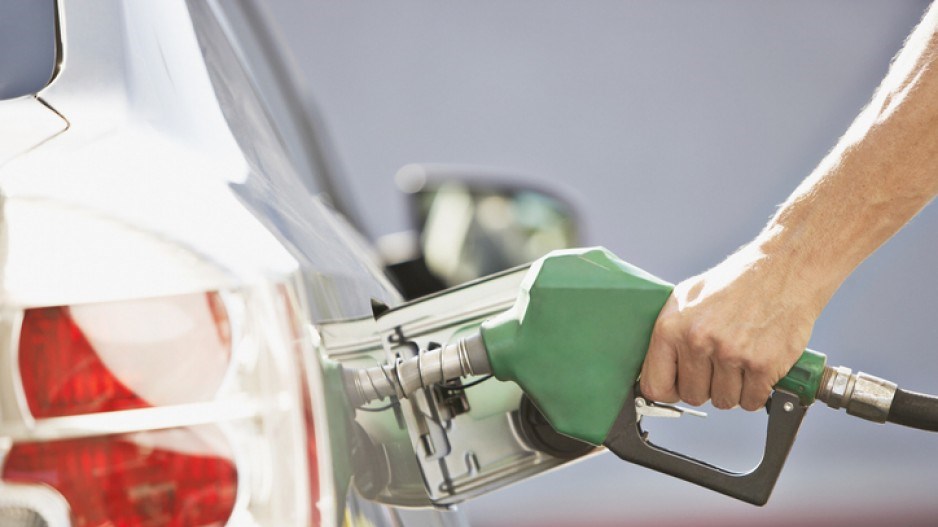Canadian consumer spending accelerated again in January as the economy shrugged off some of the cumulative impacts of higher interest rates, and was bolstered by labour market strength and record levels of immigration.
National retail spending jumped by a strong 1.4 per cent in January, following a 0.7-per-cent increase in December.
Retail prices held steady during the month with real volume sales up 1.4 per cent. Year-over-year sales rose 4.9 per cent in nominal terms and 4.5 per cent after accounting for prices.
Key drivers of the increase included sales at new car dealers (up three per cent), likely reflecting increased shipments and reduced backlogs; gasoline sales (up 2.9 per cent); and food retailers (up 0.8 per cent). Excluding the more volatile motor vehicle and parts sectors and price-influenced gasoline sales, spending was 0.5 per cent higher. That said, preliminary February data points to some retracement of January gains, with early sales down 0.6 per cent.
B.C. retail sales outpaced the national performance in January. Sales rose 1.8 per cent month to month, led by Vancouver with a 3.4-per-cent gain. That said, growth trailed the rest of the country on a year-over-year basis, suggesting impacts of higher interest rates, elevated home prices and higher debt burdens in the province may be holding back spending relative to other regions.
Based on industry-level data, drivers were consistent with the national picture. Motor vehicle and parts sales rebounded 10 per cent unadjusted and narrowed the year-over-year decline to one per cent from 10 per cent in December. Sales growth accelerated in sectors like food and groceries, which rose 6.8 per cent year over year, and clothing, which increased in January to a year-over-year growth rate of 17.4 per cent, up from 10.4 per cent in December.
Retail sales patterns are likely to be mixed going forward. While continuously supported by population growth, a slowing economy is expected to curb activity.
It was a good month for travel in B.C. as the province’s ports of entry welcomed more travellers in January. The seasonally adjusted number of non-resident visitors to B.C. increased to 654,578 in the first month of the year, a 16-per-cent increase from December 2022 and 32 per cent higher than January 2020. Overnight tourist visits to B.C. rose in January by 6.6 per cent following a seven-per-cent drop in December. Tourists’ trips also accounted for 69.3 per cent of total trips to the province. Same-day excursionists’ trips to B.C. soared 44.9 per cent and made up 30.7 per cent of total non-resident visits during the month.
U.S. residents accounted for 72 per cent of overnight tourist visits in January. Travel from U.S. residents also increased by 10.1 per cent and almost countered the 10.5-per-cent decrease recorded in December 2022. Compared with January 2022, trips from U.S. tourists soared 288.9 per cent in January 2023.
As we move into warmer spring and summer months, international travel may continue on an upward path in the absence of pandemic-related travel restrictions – although deteriorating economic conditions could curb gains.
Bryan Yu is chief economist at Central 1.



